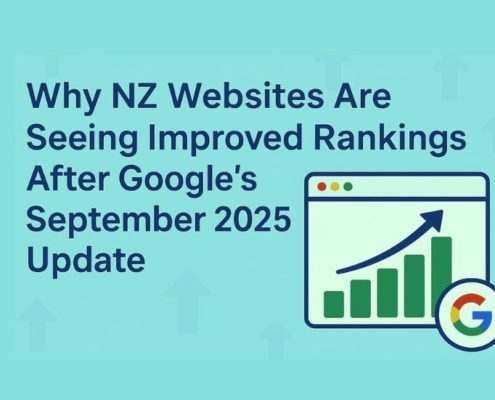Do you get those monthly reports, or jump on to look at your analytics with all that data and wonder what is a conversion rate? Well, you are not alone. With so many acronyms it can be confusing, so we’ve put together a bit of Conversion Rate 101. Here goes ….
A conversion rate is a metric that measures the percentage of visitors to a website who take a desired action (a conversion), such as making a purchase, filling out a form, or subscribing to a newsletter.
In other words, it’s a way to determine the effectiveness of your website or marketing campaign, in turning website visitors into customers.
“Yay we CONVERTED them from just a website visitor in to someone who filled in a form to make contact with us, and hopefully after we talk to them, in to a paying customer.”
To calculate the conversion rate, we divide the number of conversions by the total number of visitors and multiply that by 100 (see all that math you did in school really does help!).
For example, if 100 people visit your website and 10 of them make a purchase, your conversion rate would be 10%.
Why is Conversion Rate Important?
A high conversion rate is crucial for the success of any business with an online presence. A low conversion rate means that the majority of your website visitors are not taking the desired action, which can result in lost sales and revenue. On the other hand, a high conversion rate indicates that your website is effectively convincing visitors to take the desired action, which can result in increased sales and revenue.
Factors That Affect Conversion Rates
There are many factors that can impact your conversion rate, including the design and layout of your website, the clarity of your value proposition, and the overall user experience. Other factors that can affect your conversion rate include:
- Website Speed: A slow-loading website can quickly turn visitors away and negatively impact your conversion rate.
- Mobile Responsiveness: With an increasing number of people using mobile devices to browse the web, it’s crucial to ensure that your website is optimised for mobile devices.
- User Experience: Visitors should be able to easily navigate your website and find the information they’re looking for. A confusing or cluttered website can negatively impact your conversion rate.
- Call to Action: The clear wording and placement of your call to action (CTA) can greatly impact your conversion rate. Make sure your CTA is prominent and easy to understand.
- Trust and Credibility: Visitors are more likely to take the desired action if they trust and believe in your brand. Displaying customer reviews, testimonials, and security seals can help build trust and credibility with visitors.
What is a good conversion rate?
The average conversion rate of a website can vary greatly and there is no set average conversion rate for websites in New Zealand or anywhere else.
According to recent studies, the average website conversion rate is around 2-3%, although some industries and websites can have conversion rates much higher.
Keep in mind that conversion rates can also fluctuate over time, so it’s important to regularly monitor and analyse your website’s performance to determine its current conversion rate and identify opportunities for improvement.
By understanding the factors that affect your conversion rate, you can make changes to your website or marketing strategy to improve your conversion rate and drive more sales and revenue.
If you need help optimising your conversion rates then we can help!
 https://happymonday.co.nz/wp-content/uploads/2025/10/Why-NZ-websites-are-improving-search-rankings-small.jpg
551
1050
Karen
https://happymonday.co.nz/wp-content/uploads/2021/04/[email protected]
Karen2025-10-21 17:15:392025-12-03 12:07:38Why Are Many NZ Websites Seeing Improved Organic Rankings After Google’s September 2025 Update?
https://happymonday.co.nz/wp-content/uploads/2025/10/Why-NZ-websites-are-improving-search-rankings-small.jpg
551
1050
Karen
https://happymonday.co.nz/wp-content/uploads/2021/04/[email protected]
Karen2025-10-21 17:15:392025-12-03 12:07:38Why Are Many NZ Websites Seeing Improved Organic Rankings After Google’s September 2025 Update?![]()
![]()





